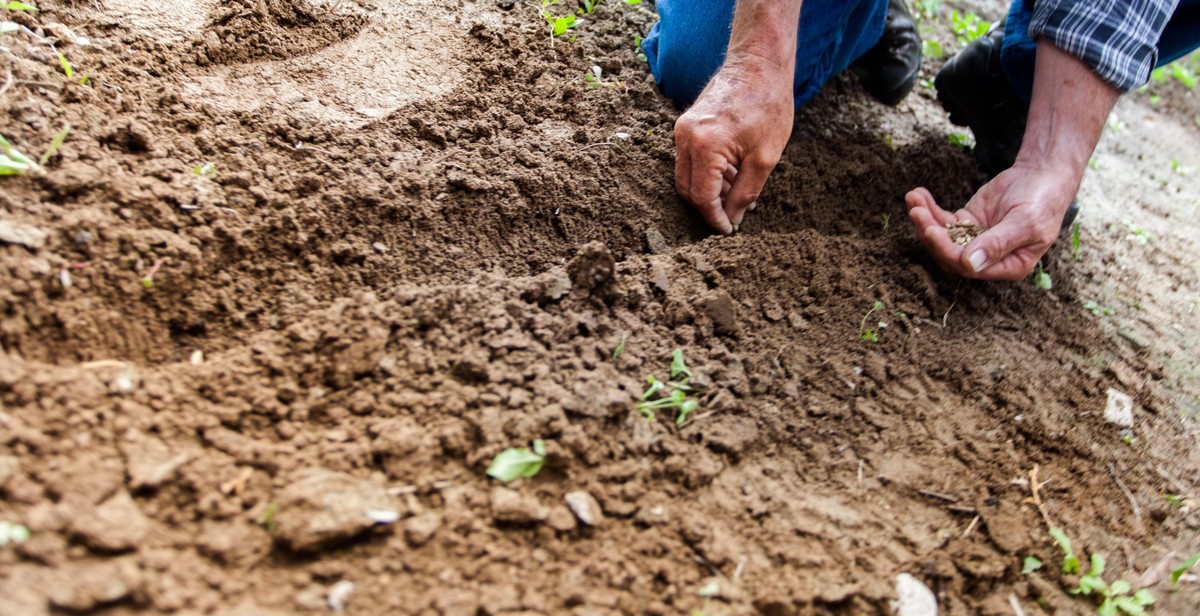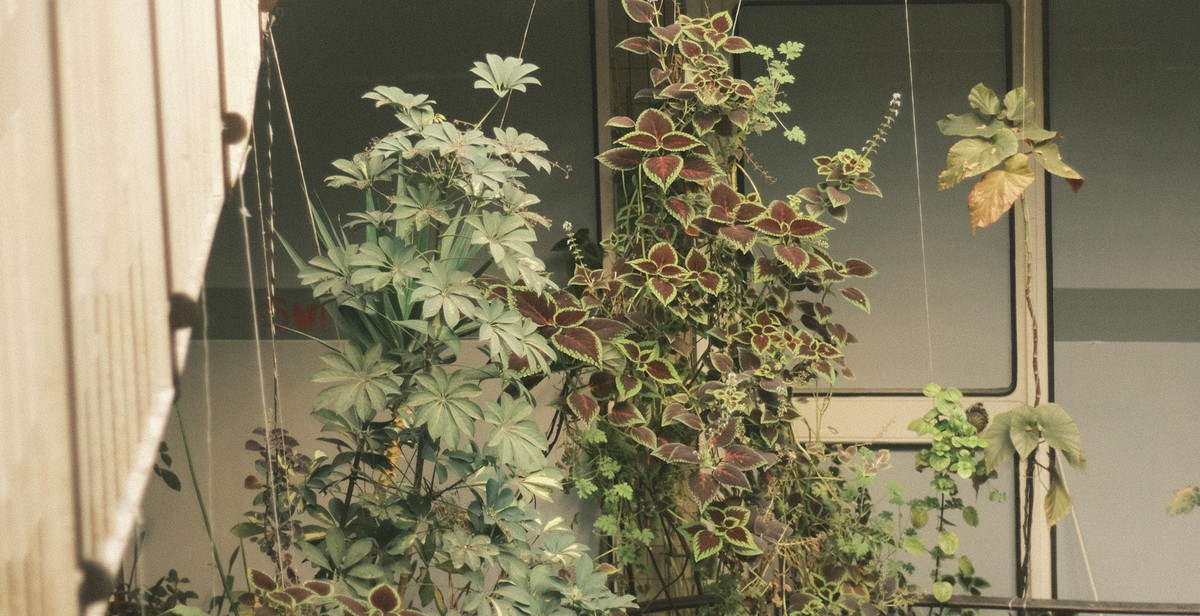Introduction: How to Grow Your Own Fresh Salad Greens in a Hydroponic System
Hydroponics is a modern way of growing plants without soil, using nutrient-rich water instead. It has been gaining popularity in recent years due to its many benefits over traditional soil-based farming. One of the most significant advantages of hydroponics is that it allows you to grow your own fresh salad greens all year round, even in small spaces.
Why Hydroponics is a Great Way to Grow Salad Greens
Hydroponic systems provide an optimal growing environment for plants, with the right amount of water, nutrients, and light. This means that your salad greens can grow faster and healthier than they would in soil-based systems. Hydroponics also uses less water than traditional farming, making it a more sustainable and eco-friendly option.
Another advantage of hydroponics is that it allows you to control the growing conditions, such as temperature, humidity, and pH levels. This means you can customize the environment to suit the specific needs of your plants, ensuring they grow to their full potential.
Whether you’re a seasoned gardener or a beginner, hydroponics is a great way to grow your own fresh salad greens. In this article, we’ll show you how to set up a hydroponic system and grow your own delicious and nutritious greens at home.

Getting Started with Hydroponics
If you want to grow your own fresh salad greens in a hydroponic system, there are a few things you need to know. Hydroponics is the practice of growing plants without soil, using a nutrient-rich water solution instead. This method of growing plants has become increasingly popular in recent years because it allows for more efficient use of space and resources, and can result in higher yields than traditional soil-based gardening.
Choosing the Right Hydroponic System
The first step in getting started with hydroponics is choosing the right system. There are several different types of hydroponic systems available, each with its own advantages and disadvantages. Some popular systems include:
- Drip systems
- Nutrient film technique (NFT) systems
- Flood and drain systems
- Aeroponic systems
Consider factors such as the amount of space you have available, your budget, and the types of plants you want to grow when choosing a system.
Selecting the Right Salad Greens to Grow
Once you have chosen your hydroponic system, the next step is selecting the right salad greens to grow. Some good options for hydroponic growing include:
- Lettuce
- Spinach
- Kale
- Arugula
- Mixed greens
Consider the amount of light and space required for each type of plant, as well as your personal preferences, when making your selection.
Preparing Your Hydroponic System
Before you can start growing your salad greens, you will need to prepare your hydroponic system. This involves setting up the system, adding the nutrient solution, and adjusting the pH levels. Follow the manufacturer’s instructions carefully to ensure that your system is set up correctly.
Once your system is set up, you can add your plants and start growing your own fresh salad greens!

Planting Your Salad Greens
When it comes to growing your own fresh salad greens in a hydroponic system, there are two main options for starting your plants: starting seeds or using seedlings.
Starting Seeds
If you choose to start your plants from seeds, you will need to begin by selecting the right seeds for your hydroponic system. Look for seeds that are suitable for indoor growing and that will thrive in a hydroponic environment.
Once you have your seeds, you will need to germinate them before planting. This can be done by placing the seeds in a damp paper towel and keeping them in a warm, dark place for a few days until they sprout. Alternatively, you can use a seed starting kit that includes a tray, soil, and a clear plastic dome to create a mini greenhouse for your seeds.
Once your seeds have sprouted, you can plant them in your hydroponic system. Be sure to follow the instructions for your specific system, but generally, you will need to place the seeds in a growing medium such as rockwool cubes or peat moss plugs.
Transplanting Seedlings into Your Hydroponic System
If you prefer to use seedlings, you can purchase them from a nursery or start them yourself from seeds and transplant them once they have grown a bit.
Before transplanting, make sure your hydroponic system is set up and ready to go. Fill the system with water and nutrients, and adjust the pH level to the appropriate range for your plants.
When transplanting your seedlings, gently remove them from their container and shake off any excess soil. Then, place them into the hydroponic system, making sure to cover the roots completely with the growing medium.
Depending on the type of salad greens you are growing, you may need to adjust the spacing between plants to ensure they have enough room to grow. Refer to the instructions for your specific plants to determine the appropriate spacing.
With the right care and attention, your salad greens should thrive in your hydroponic system, providing you with fresh, delicious greens for your salads all year round.

Maintaining Your Hydroponic System
Hydroponic systems require regular maintenance to ensure that your salad greens grow healthy and strong. Here are some of the key aspects to consider when maintaining your hydroponic system:
Monitoring pH and Nutrient Levels
The pH and nutrient levels in your hydroponic system need to be monitored regularly to ensure that your plants are getting the right balance of nutrients at all times. pH levels should be maintained between 5.5 and 6.5, while nutrient levels should be adjusted based on the stage of growth of your salad greens. For example, during the vegetative stage, your plants will require more nitrogen, while during the flowering stage, they will require more potassium and phosphorus.
Managing Light and Temperature
Light and temperature are two other critical factors that need to be managed properly to ensure optimal growth of your salad greens. Ensure that your plants are getting at least 12 hours of light each day, and that the temperature is between 65-75 degrees Fahrenheit. If your hydroponic system is located in an area with fluctuating temperatures, consider using a thermostat or heater to regulate the temperature.
Pruning and Harvesting Your Salad Greens
Regular pruning and harvesting of your salad greens is essential for maintaining healthy growth and preventing the onset of disease. Remove any yellow or wilted leaves as soon as they appear, and ensure that your plants are not overcrowded. When harvesting your salad greens, use clean and sharp scissors to cut the leaves at the stem, leaving at least two inches of growth to encourage new growth.
By following these tips, you can ensure that your hydroponic system remains healthy and productive, providing you with a steady supply of fresh and delicious salad greens all year round.

Tips for a Successful Hydroponic Garden
Hydroponic gardening can be a great way to grow your own fresh salad greens all year round. However, to ensure your success, there are some important tips you should keep in mind:
Keep Your System Clean
One of the most important things you can do to ensure the success of your hydroponic garden is to keep your system clean. This means regularly checking and maintaining your pH levels, ensuring that your water is properly oxygenated, and regularly cleaning your equipment to prevent the buildup of algae, bacteria, and other harmful substances. By keeping your system clean and well-maintained, you can help ensure that your plants receive the nutrients they need to grow strong and healthy.
Experiment with Different Salad Greens
Another key to success with hydroponic gardening is to experiment with different types of salad greens. While lettuce and spinach are popular choices, there are many other types of greens that can be grown hydroponically, including arugula, kale, and chard. By experimenting with different types of greens, you can find the ones that grow best in your system and create a variety of tasty salads to enjoy.
Troubleshooting Common Problems
Finally, it’s important to be prepared to troubleshoot common problems that may arise in your hydroponic garden. For example, if your plants are growing slowly or not at all, it may be an issue with your nutrient solution, lighting, or temperature. By staying vigilant and addressing problems as soon as they arise, you can help ensure the success of your hydroponic garden.
- Regularly check and maintain pH levels
- Ensure water is properly oxygenated
- Clean equipment regularly
- Experiment with different types of salad greens
- Troubleshoot common problems as soon as they arise
By following these tips, you can help ensure the success of your hydroponic garden and enjoy fresh, healthy salad greens all year round.

Conclusion
Growing your own fresh salad greens in a hydroponic system is not only a fun and rewarding hobby, but it also provides you with a source of healthy and delicious produce. With the right setup and maintenance, you can enjoy a continuous supply of fresh greens all year round.
Benefits of Hydroponic Gardening
The benefits of hydroponic gardening are numerous. Not only does it use less water and space than traditional gardening, but it also allows you to grow plants faster and with fewer pests and diseases. Plus, you have complete control over the growing environment, which means you can customize it to suit the needs of your plants.
Enjoying Your Homegrown Salad Greens
Once your salad greens are ready to harvest, be sure to enjoy them in a variety of ways. Add them to your favorite salads, sandwiches, or wraps for a healthy and delicious meal. You can also use them to make pesto, smoothies, or green juices.
If you have more greens than you can use, consider sharing them with friends and family or donating them to a local food bank. Not only will you be spreading the joy of fresh, homegrown produce, but you’ll also be doing your part to reduce food waste.
Continuing Your Hydroponic Journey
If you’re interested in exploring hydroponic gardening further, there are many other crops you can grow in a hydroponic system, including herbs, tomatoes, and strawberries. With a little research and experimentation, you can create your own thriving hydroponic garden.
| Tip: | Invest in a good quality hydroponic system and equipment to ensure the best results. Look for systems with built-in timers, pH meters, and nutrient delivery systems. |
Remember, hydroponic gardening is a journey, and there’s always something new to learn and discover. So, have fun, be creative, and enjoy the fruits (and veggies) of your labor!
